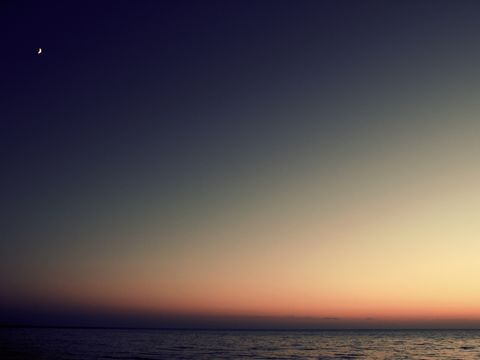Photograph from Occhialini and Blacket’s paper showing tracks of radiation (Image: Blackett, P.M.S., & Occhialini, G.P.S., Royal Society of London Proceedings Series A 139 (1933) 699)
In 1932 Carl Anderson, a young professor at the California Institute of Technology in the US, was studying showers of cosmic particles in a cloud chamber and saw a track left by "something positively charged, and with the same mass as an electron". After nearly a year of effort and observation, he decided the tracks were actually antielectrons, each produced alongside an electron from the impact of cosmic rays in the cloud chamber. He called the antielectron a "positron", for its positive charge and published his results in the journal Science, in a paper entitled The apparent existence of easily deflectable positives (1932).
The discovery was confirmed soon after by Occhialini and Blacket, who in 1934 published Some photographs of the tracks of penetrating radiation in the journal Proceedings of the Royal Society A. Anderson's observations proved the existence of the antiparticles predicted by Dirac. For discovering the positron, Anderson shared the 1936 Nobel prize in physics with Victor Hess.
For years to come, cosmic rays remained the only source of high-energy particles. The next antiparticle physicists were looking for was the antiproton. Much heavier than the positron, the antiproton is the antipartner of the proton. It would not be confirmed experimentally for another 22 years.

